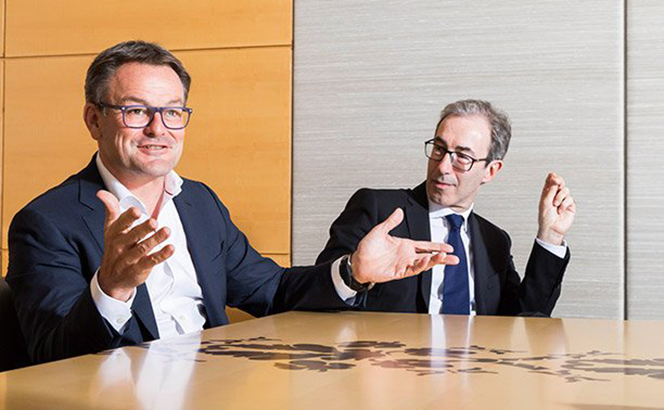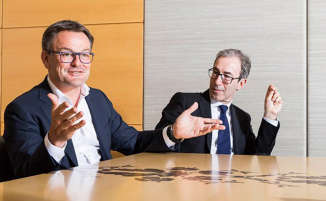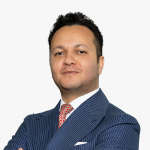Writing at the end of November, with this issue hitting desks only a day or two before the candidates for Allen & Overy (A&O)’s leadership elections are announced – this column is truly hostage to fortune. Who will emerge to lead what has for many been the Magic Circle’s most effectively-led player will have significance spreading well beyond A&O’s City HQ. Still, a good track record cannot be counted on swinging re-election for senior partner Wim Dejonghe, thanks to the firm’s marathon but unsuccessful merger attempt with O’Melveny & Myers. That deal had many supporters but also some entrenched opposition, not least a vocal group of City corporate partners. And even many who were sympathetic grew understandably uneasy at the length of time the deal dragged on. Consequently, this looks to be no rubber-stamping exercise for a second term, even if many believe Dejonghe will run again and stands a good chance of re-election. The open nature of the race was further underlined by the late-minute announcement from managing partner Andrew Ballheimer that he would not seek a second term.
Potential candidates are currently keeping their powder dry, but for months there has been talk that the popular and effective banking co-head Philip Bowden will stand as senior partner, representing a serious candidate with a huge constituency. Even a two-horse race is hard to call, but there has also been suggestion that infrastructure head David Lee could throw his hat in. And the managing partner role is expected to attract a wider field: projects head Gareth Price has been cited, another rock solid candidate, while litigation chief Karen Seward must be weighing her chances.
How this plays out will have major consequences for A&O as the firm strives to face thorny strategic issues post-O’Melveny. The current management has been resolute on securing a compelling operation in the vast US market, requiring either a marquee merger or a decade of uncertain investment (and quite likely both). Given that A&O has spent five years scouting for potential suitors there are very few options open – with the firm even struggling to sign up a smaller firm that had, despite a decent pedigree, been falling behind US peers for a decade. But the alternative of building organically will take the kind of sustained investment that A&O’s partnership has historically baulked at.
Yet pressing as such matters are, they remain largely a symptom of a wider malaise, which is the struggle of A&O and its City peers to navigate the tougher post-Lehman environment with their current governance, remuneration and business models. The old Magic Circle formula that developed in the 1990s allowed small groups of individuals to make big decisions, thereby responding decisively and boldly to a changing industry. But for the largest City firms that once-productive model has progressively broken down as these institutions have become sprawling outfits that no longer defer to a handful of influential London figures to make the tough calls, nor give their elected c-suites a clear enough mandate to govern.
The real issue in this election is whether the ultimate winners can secure the right to genuinely lead, which for A&O would require an overhaul of compensation and big answers to big questions on strategic investment priorities. It is less that there are right and wrong answers, more that the Magic Circle keeps avoiding the questions entirely, with a resulting decline in influence globally. If A&O can break that deadlock it will have done itself, and the wider City profession, a huge service














